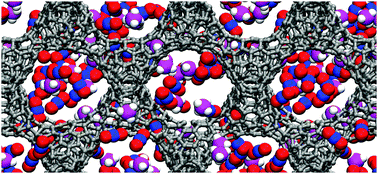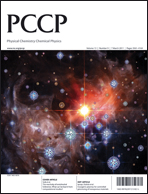Using molecular simulation, four types of nanoporous carbons are examined as adsorbents for the separation of CO2/CH4 mixtures at ambient temperature and pressures up to 10 MPa. First, the adsorption selectivity of CO2 is investigated in carbon slit pores and single-walled carbon nanotube bundles in order to find the optimal pore dimensions for CO2 separation. Then, the adsorptive properties of the optimized slit pore and nanotube bundle are compared with two realistic nanoporous carbon models: a carbon replica of zeolite Y and an amorphous carbon. For the four carbon models, adsorption isotherms and isosteric heats of adsorption are presented for both pure components and mixtures. Special attention is given to the calculation of excess isotherms and isosteric heats, which are necessary to assess the performance of model nanoporous materials in the context of experimental measurements. From these results, we discuss the impact that variables such as pore size, pore morphology, pressure and mixture composition have on the performance of nanoporous carbons for CO2 separation.

You have access to this article
 Please wait while we load your content...
Something went wrong. Try again?
Please wait while we load your content...
Something went wrong. Try again?


 Please wait while we load your content...
Please wait while we load your content...